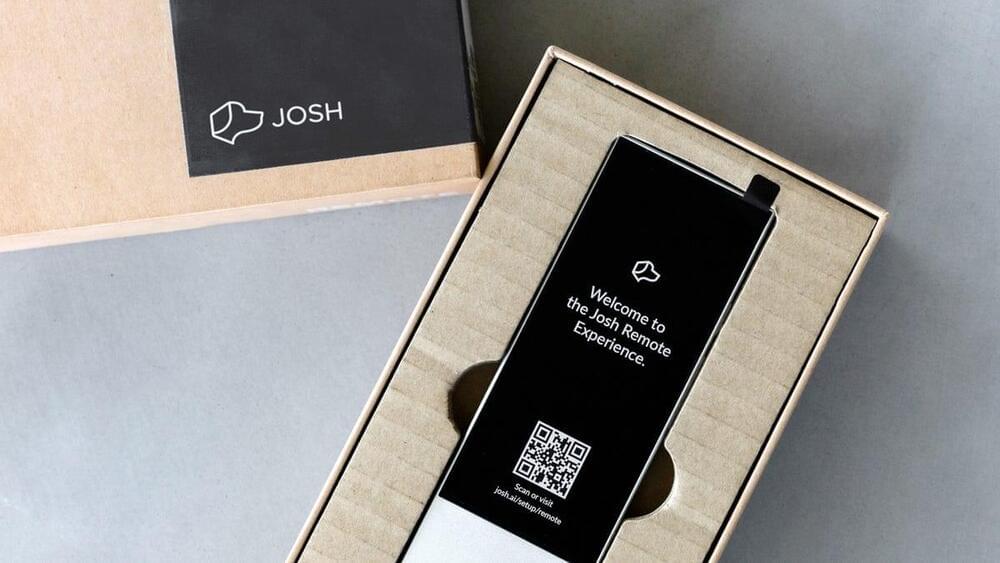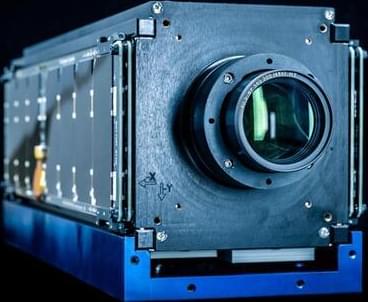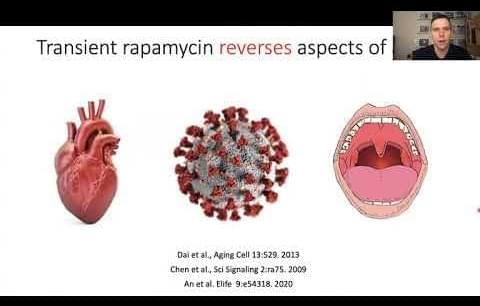
The finance automation platform Ramp has acquired Cohere.io, an AI-powered customer support platform. The acquisition marks Ramp’s first foray into the world of generative AI, which is a sign of the growing importance of this technology in the finance industry. This is also a significant milestone for Ramp, as it is the company’s second acquisition since its inception in 2019 and the first since it purchased Buyer, a “negotiation-as-a-service” platform, in August of 2021.
Ramp is a technology business that specializes in corporate credit cards and cost management in the financial technology (fintech) sector. The company was founded in 2019 by Eric Glyman, Gene Lee, and Karim Atiyeh and is… More.
In addition to improving the quality of customer support, generative AI is also likely to lead to new innovations in customer support. For example, generative AI could be used to create chatbots that are capable of having natural conversations with customers. This could help businesses provide customer support 24/7 while reducing the cost of support.
Generative AI is a powerful technology that has the potential to revolutionize the customer support industry. The acquisition of Cohere.io by Ramp indicates that this revolution is already underway.
Follow me on Twitter or LinkedIn. Check out my website.









